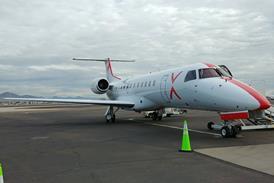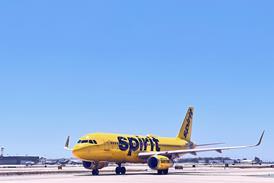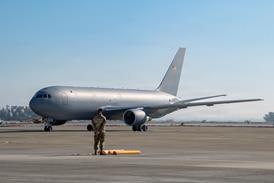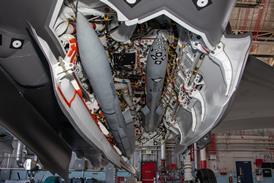After a bumpy ride over the last two years, the aviation finance market looks set to rebound in 2011. That’s the view expressed by leading airline, leasing and banking executives in the Airline Business Interactive special on aircraft financing.
With the flagship collapse of Lehman Brothers back in September 2008, the financing market tightened up dramatically, slashing the number of players active in the aircraft financing sector.
“Many banks closed down their aircraft financing departments,” Ryanair chief financial officer Howard Millar says. “There was a lot less credit available in the market, which meant that the cost of financing rose between 2008 and 2010.”
The number of commercial banks competing for new aircraft financing deals plummeted from around 15 to fewer than five in some cases, says Bertrand Grabowski from the board of managing directors at DVB Bank
FINANCE INTERACTIVE |
|---|
 |
Check out our new interactive magazine for the inside track on finance in 2011 from airlines, lessors and bankers |
This meant new aircraft deliveries escaped relatively unscathed, but the used market has suffered. “You have some situations where – on the second-hand market - you have a willing buyer and a willing seller,” explains Grabowski, “but the trade does not happen because there’s no financing.”
Despite this used market hit, Millar and Grabowski have seen things improving. “We are seeing banks return in some force back into market,” says Millar, who observes that the cost of financing has come down on last year, although it is yet to return to pre-2008 levels.
But while financing talk has tended to be themed around doom and gloom, Robert Martin, chief executive of lessor BOC Aviation, flags the fact that interest rates are considerably lower today than they have been in the past.
“We are in a historical low period, in term interest rates,” he says. “Players in the industry may forget that 20 years ago we had interest rates of 10% plus. Today base rates are down below 1%. This is significantly different.” Martin believes this will stimulate investment during the current industry cycle.
This, in itself, raises fresh questions. Aer Lingus chief executive Christoph Mueller queries why these lower interest rates are not being passed on to the airlines in the form of cheaper financing. “Following the financial crisis, money has become extremely cheap – money provided by the central banks all over the world - and this low interest rate policy is not reflected in the conditions for financing aircraft or leasing aircraft, so that is certainly an observation which is contrary to what we all expected.”
The answer to this may lie in the higher costs which financiers are facing owing to more stringent regulation. Governments, looking to avoid a repeat of the recent banking collapses, have placed greater burdens on the banks in an attempt to make them more secure.
“Such burdens are costly to the banks,” says Natixis Transport Finance chief executive Christian McCormick. “If there is one thing that has happened as a result of the financial crisis, it is the permanent increase to the costs of funds for banks. This is something that airlines must become accustomed to.”
Source: Airline Business























